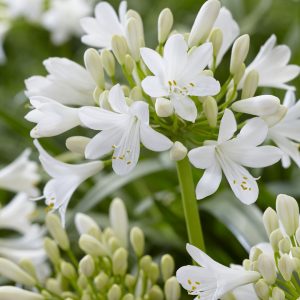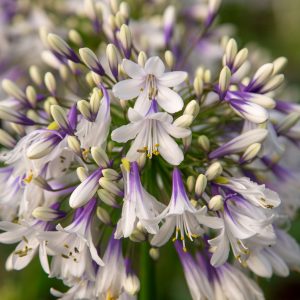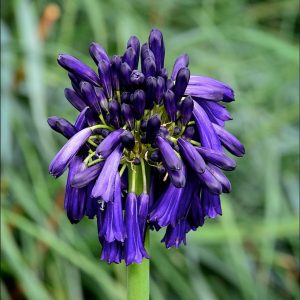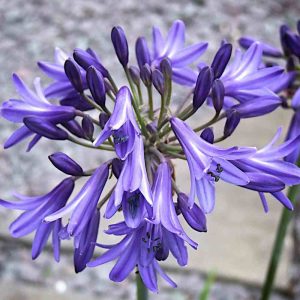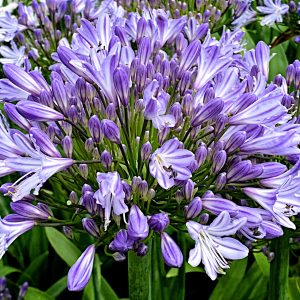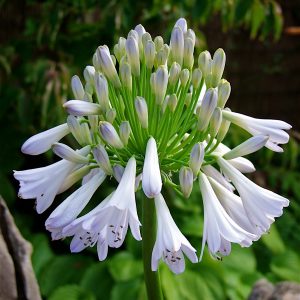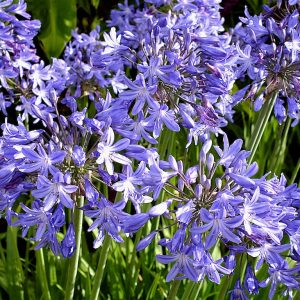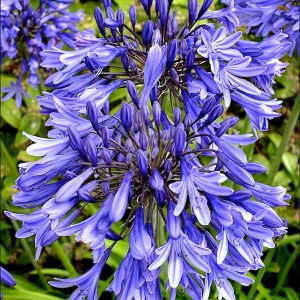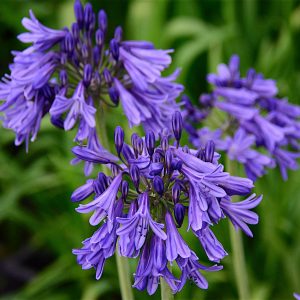Agapanthus, commonly known as Lily of the Nile, is a stunning perennial plant that produces beautiful clusters of blue or white flowers. Native to South Africa, these hardy plants are well-suited for a variety of climates. Here is a step-by-step guide to help you successfully plant and care for Agapanthus:
Choose the Right Location
Agapanthus thrives in full sun to partial shade. Select a location that receives at least 6 hours of sunlight per day.
Ensure well-draining soil to prevent water logging, as Agapanthus prefers slightly moist conditions.
Soil Preparation
Agapanthus prefers slightly acidic to neutral soil (pH 6.0-7.0). Amend the soil with organic matter like compost to improve fertility and drainage.
Work the soil to a depth of at least 12 inches to provide a loose and friable planting environment.
Planting
Plant Agapanthus in the spring or early Autumn when the soil is warm.
Dig a hole twice the diameter of the root ball and of similar depth.
Place the plant in the hole, ensuring the crown is at ground level. Space multiple plants about 1 to 3 feet apart, depending on the variety.
Watering
Keep the soil consistently moist during the growing season. Water deeply once a week, more often during hot and dry periods.
Allow the soil to dry out between waterings to prevent root rot.
Mulching
Apply a layer of organic mulch, such as shredded bark or straw, around the base of the plants. Mulching helps retain soil moisture, suppress weeds, and regulate soil temperature.
Fertilising
Feed Agapanthus with a balanced, slow-release fertiliser in the spring when new growth begins.
Avoid excessive use of high-nitrogen fertilisers, as this can lead to lush foliage at the expense of flower production.
Pruning
Remove spent flower heads to encourage continuous blooming and maintain a tidy appearance.
Prune dead or damaged leaves to promote overall plant health.
Winter Care
Agapanthus is generally hardy, but in colder climates, provide a layer of mulch around the base of the plants to protect them from freezing temperatures.
Consider planting Agapanthus in containers in colder regions, allowing you to bring them indoors during the winter.
Division
Every 3-5 years, divide mature clumps to rejuvenate the plants and control their size. This is best done in the spring or Autumn.
Pests and Diseases
Agapanthus is relatively pest and disease resistant. However, keep an eye out for snails, slugs, and aphids.
Treat any pest problems promptly using environmentally friendly methods.





